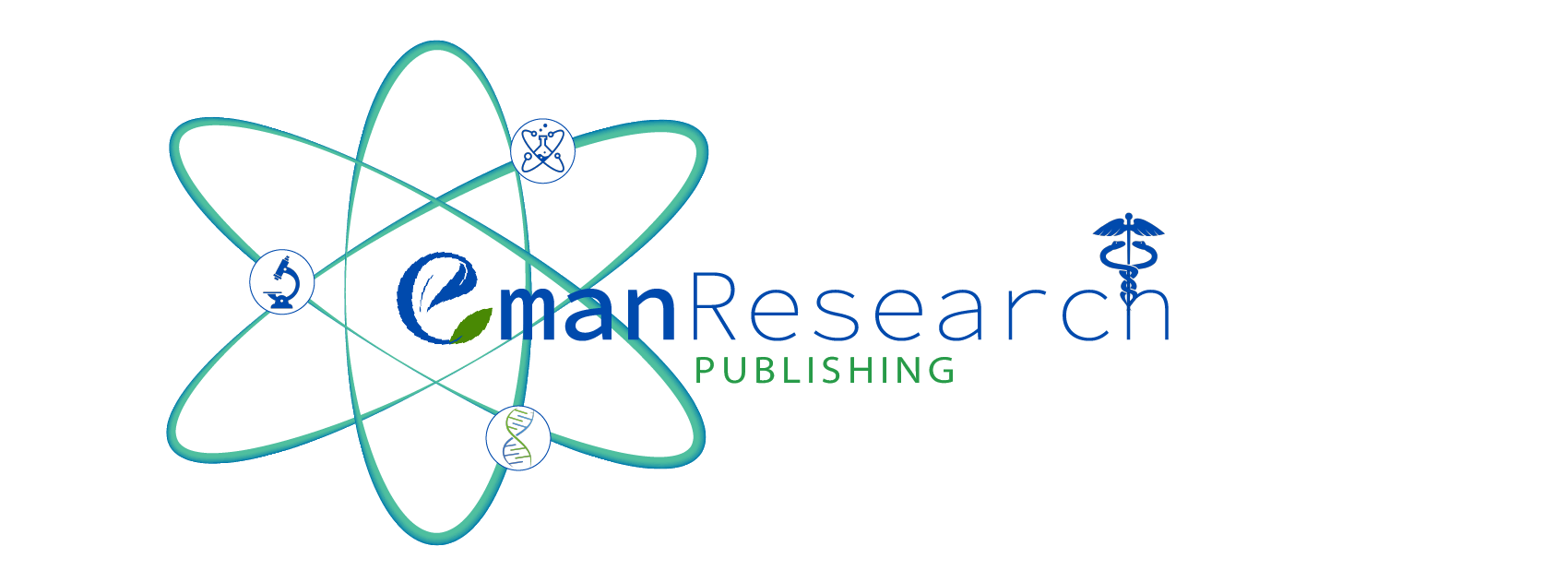Early Recognition and Surgical Intervention in Bilateral Congenital Glaucoma: A Case Report Highlighting Genetic Predisposition and Multidisciplinary Management
Pugazharasan M 1, Aluru Jayakrishna Reddy 1, Manikandan R S 1, Arul M 1*
Integrative Biomedical Research (Former Journal of Angiotherapy) 5(2) 1-6 https://doi.org/10.25163/angiotherapy.52621572920201221
Submitted: 29 November 2021 Revised: 08 December 2021 Published: 20 December 2021
Early diagnosis and surgical intervention in congenital glaucoma are crucial to preventing irreversible vision loss in pediatric patients.
Abstract
Background: Childhood glaucoma is a significant yet often underrecognized cause of pediatric blindness. Unlike adult glaucoma, which is typically asymptomatic, childhood glaucoma presents with observable signs that can be detected by pediatricians and even parents. However, there is a lack of epidemiologic and clinical data on this condition, leading to delayed diagnoses and suboptimal outcomes. Methods: A detailed ophthalmologic evaluation under general or local anesthesia is essential for accurate diagnosis and management planning. While medical therapy plays a limited role, surgical intervention is the primary treatment modality. Goniotomy and trabeculotomy are effective in congenital glaucoma, with primary combined trabeculotomy–trabeculectomy recommended for advanced cases. Results: The Childhood Glaucoma Research Network (CGRN) has introduced a new classification system for pediatric glaucomas, enhancing the diagnosis and management of these conditions. Early diagnosis, prompt surgical intervention, and proper refractive correction are critical for successful outcomes. This comprehensive approach can lead to a long, morbidity-free life for affected children. Conclusion: The management of childhood glaucoma requires a holistic approach, including early detection, surgical intervention, and lifelong follow-up. Visual rehabilitation and the management of residual vision are integral components of care. Ensuring early and effective treatment can significantly improve the prognosis, allowing children with glaucoma to maintain functional vision and quality of life.
Keywords: Congenital glaucoma, trabeculotomy, trabeculectomy, combined trabeculotomy–trabeculectomy.
References
Dandona, L., Williams, J. D., Williams, B. C., & Rao, G. N. (1998). Population-based assessment of childhood blindness in southern India. Archives of Ophthalmology, 116(4), 545-546.
Fung, D. S., Roensch, M. A., Kooner, K. S., Cavanagh, H. D., & Whitson, J. T. (2013). Epidemiology and characteristics of childhood glaucoma: Results from the Dallas Glaucoma Registry. Clinical Ophthalmology, 7, 1739. https://doi.org/10.2147/OPTH.S45480
Gupta, P. C., Singh, R. R., Pandav, S. S., & Ram, J. (2016). Rhexis fixation of intraocular lens in a case of buphthalmos with cataract. Nepalese Journal of Ophthalmology, 8(1), 71-73. https://doi.org/10.3126/nepjoph.v8i1.16140
Møller, P. M. (1977). Goniotomy and congenital glaucoma. Acta Ophthalmologica, 55(3), 436-442. https://doi.org/10.1111/j.1755-3768.1977.tb06120.x
Mukkamala, L., Fechtner, R., Holland, B., & Khouri, A. S. (2015). Characteristics of children with primary congenital glaucoma receiving trabeculotomy and goniotomy. Journal of Pediatric Ophthalmology and Strabismus, 52(6), 377-382. https://doi.org/10.3928/01913913-20151014-51
Sood, D., Rathore, A., Sood, I., Singh, G., & Sood, N. N. (2018). Long-term outcome of combined trabeculotomy-trabeculectomy by a single surgeon in patients with primary congenital glaucoma. Eye, 32(2), 426. https://doi.org/10.1038/eye.2017.207
Taylor, R. H., Ainsworth, J. R., Evans, A. R., & Levin, A. V. (1999). The epidemiology of pediatric glaucoma: The Toronto experience. Journal of the American Association for Pediatric Ophthalmology and Strabismus, 3(5), 308-315. https://doi.org/10.1016/S1091-8531(99)70028-5
View Dimensions
View Altmetric
Save
Citation
View
Share


